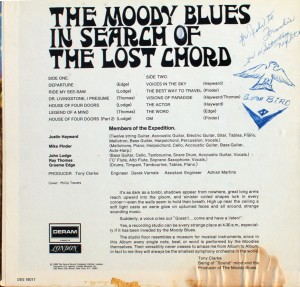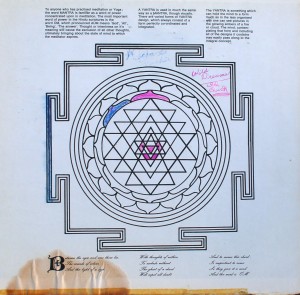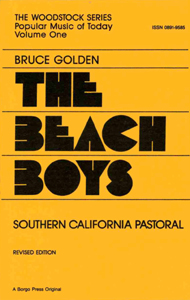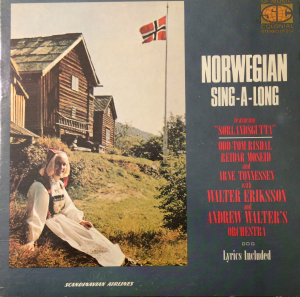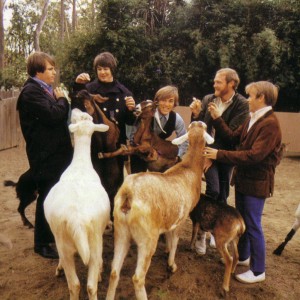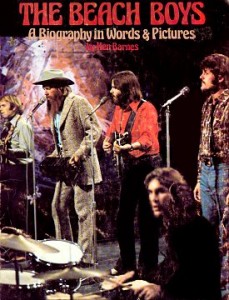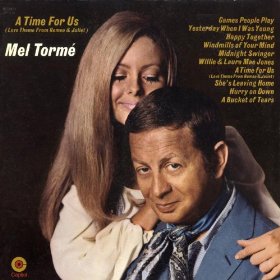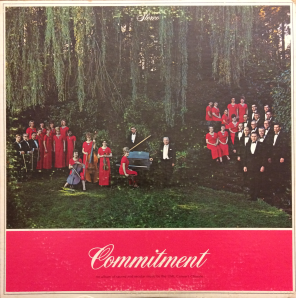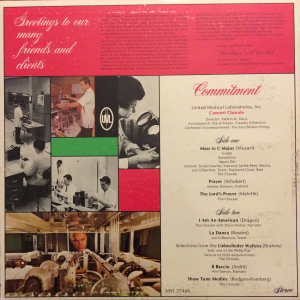Album ID: The Moody Blues – In Search of the Lost Chord (1968)
Friday, March 30th, 2007A few more sentimental/ potentially fetishistic words on the virtues of dead media. Until recently, I’d always heard this record three important ways:
1 – As a cassette from the strip mall library close to where I grew up. The tape was horribly muddy-sounding, and it came packaged in a hard shell that the librarian would toss in one of those big brown folders with the string that wrapped around a brad under the flap. A photocopy of the freaky cover had been glued onto the shell but it was all bubbly and on the verge of peeling off. The album sounded mysterious indeed as I listened on my shoebox tape recorder with the Graeme Edge recitations and all and I checked it out many times.
2 – As an 8-track in 1981, when I was somehow roped into a ride to the dump with my friend and his ancient brother in their parents’ Oldsmobile Toronado. Sitting in back, I found the tape under the passenger seat, and it looked much like that library cassette, with the cover picture starting to peel off. I showed it to my friend who stuck it in the 8-track player. It played uninterrupted and had our undivided attention. So there we were, wind blowing through our hair, garbage-scavenging seagulls frolicking above us in the sun, and “Voices in the Sky.”
3 – As a vinyl LP in terrible condition which I bought at the Deseret Industries shortly after the spectacular ride to the dump. The DI was a thrift store near our house in which it was, in the early eighties, always 1968. I always got very contemplative and even a bit reverent whenever I went to this particular location. (It always smelled vaguely of mothballs and vegetable soup, which is certainly how 1968 must have smelled.) I bought it for a quarter. The group’s name has been traced with pen on the front. In the gatefold it says “from John to Franklin on a Saturday night!!” and “wild dreams with Chuck.” It’s also got a crude drawing of an eagle with the words “some bird” next to it, and someone started to treat the Hindu Om design as a color-by-numbers project. I recently bought a remastered CD version of this, and it’s great, but it’s a completely different album. Needless to say, I’ve gotten accustomed to hearing my mellotrons under a layer of crackling murk, so I prefer my DI version.
The Moody Blues – “Voices in the Sky” (DI vinyl version)

